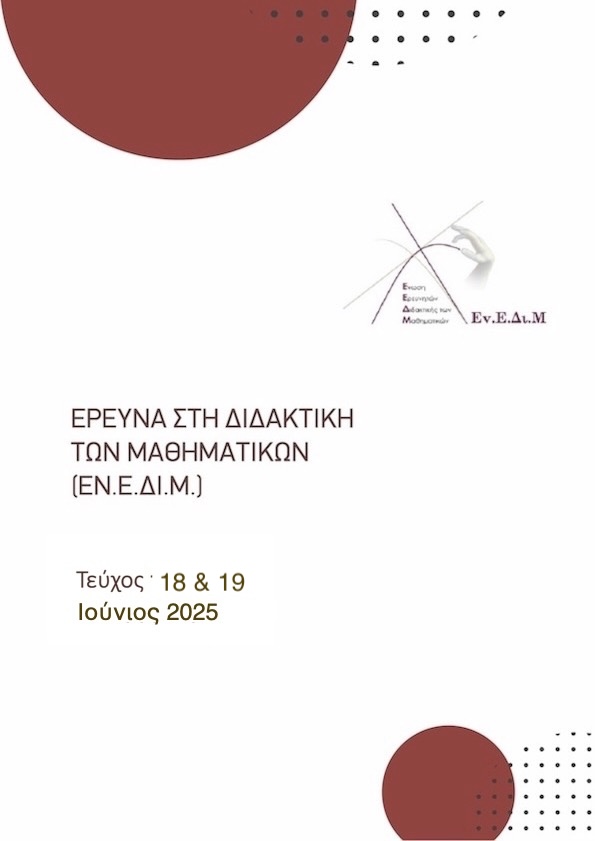APPROACHING BASIC PRINCIPLES OF STATISTICS IN SECOND GRADE ELEMENTARY SCHOOL
Abstract
Abstract: The present teaching scenario is a proposal for teaching the basic principles of statistics in the second grade of primary school. The scenario aims at the mathematical literacy of students through the cultivation of the major ideas of mathematical structure, proof, generalization, and variation. Activities are presented that involve managing information through the processes of collecting, organizing, presenting, interpreting, and modeling data. The most significant learning benefits recorded include the enhancement of strategies for hypotheses, investigations, and recordings, as well as the critical awareness of how mathematics is utilized in everyday life.
Keywords: statistics, mathematical literacy, major ideas of mathematical structure, proof, generalization, variation
Article Details
- How to Cite
-
Pavlidou, K., & Stavrianoudaki, A. (2025). APPROACHING BASIC PRINCIPLES OF STATISTICS IN SECOND GRADE ELEMENTARY SCHOOL. Research in Mathematics Education, (18 & 19), 115–129. Retrieved from https://ejournals.epublishing.ekt.gr/index.php/enedim/article/view/38365
- Section
- Articles

This work is licensed under a Creative Commons Attribution 4.0 International License.
Authors who publish with this journal agree to the following terms:
Authors retain copyright and grant the journal right of first publication with the work simultaneously licensed under a Creative Commons Attribution licence that allows others to share the work with an acknowledgement of the work's authorship and initial publication in this journal.
Authors are able to enter into separate, additional contractual arrangements for the non-exclusive distribution of the journal's published version of the work (e.g. post it to an institutional repository or publish it in a book), with an acknowledgement of its initial publication in this journal.
Authors are permitted and encouraged to post their work online (preferably in institutional repositories or on their website) prior to and during the submission process, as it can lead to productive exchanges, as well as earlier and greater citation of published work (See The Effect of Open Access).



